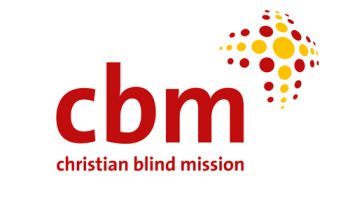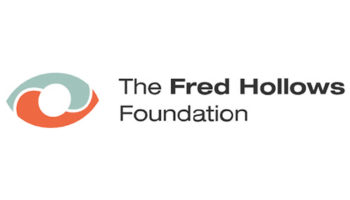Join a powerful, unprecedented alliance for better eye health for all.
Join IAPBCauses of Vision Loss
Cataract
Cause data is not available for people with mild vision impairment.
(Opens in a new window) Also, there is limited information on the causes of vision impairment and blindness for people under 50 years of age.More standardisation and certainty of the causes of vision impairment and blindness would be beneficial in future research.
Cataract: Global summary from the VLEG study
In 2020, cataract remained the first or second cause of vision loss in all world regions. Cataract can at present only be treated operatively, by a trained surgeon within a system that has the capacity to deliver surgeries and manage any post-operative complications.
Because prevalence increases with age and is higher in females than males, it remains an important focus for vision loss alleviation and for addressing gender equity.
Outreach screening has been shown to enhance equity of access among under-served groups such as women and the elderly. Robust eye care systems supplemented by community outreach as principal strategies are recommended as effective strategies.
Indicators
Cataract is included in most national plans for the prevention of blindness. The Universal eye health: a global action plan 2014–2019 from the WHO mandates that national governments collect data on cataract indicators of blindness and visual impairment.
The following indicators are relevant to cataract service delivery:
- Prevalence and causes of visual impairment, including blindness (preferably disaggregated by age and gender)
- Number of eye care personnel by cadre: ophthalmologists
- Number of eye care personnel by cadre: allied ophthalmic personnel
- Cataract surgical rate
- Cataract surgical coverage
- Effective cataract surgical coverage.
There are several indicators available for cataract service delivery:
- Cataract surgical rate (CSR) is the number of cataract operations per million population per year. This was the first cataract indicator commonly reported (Limburg and Ramke, 2017).
- Cataract surgical coverage (CSC) is the proportion of people with bilateral cataract and best corrected visual acuity of <3/60, <6/60 or <6/18 who have been operated upon in one or both eyes.
- Effective cataract surgical coverage (eCSC) was first defined by Ramke et al. (2017). It is the proportion of people with bilateral operable cataract who have received cataract surgery in one or both eyes and have a ‘good’ postoperative presenting VA in at least one operated eye. The VA cut-off for operable cataract and a good outcome can be modified based on the context.
A high CSR alone may not reflect ‘good’ cataract services, so eCSC is a better indicator than CSR or CSC in terms of measuring the extent to which the need for cataract surgery in a population is being met by an eye health system. Data on eCSC are not yet widely available, but feature in the country dashboards for 20 countries (using operable cataract 6/60 and ‘good’ outcome 6/18) (Ramke et al., 2017).
Reference
Adelson, J., Bourne, R., Briant, P., Flaxman, S., Taylor, H., Jonas, J., Abdoli, A., Abrha, W., Abualhasan, A., Abu-Gharbieh, E. and Adal, T. (2020). Causes of blindness and vision impairment in 2020 and trends over 30 years, and prevalence of avoidable blindness in relation to VISION 2020: the Right to Sight: an analysis for the Global Burden of Disease Study. Lancet Global Health.
Effective Coverage of Eye Care
(Opens in a new window) On World Sight Day 2022, the WHO launched the Report of the 2030 Targets on Effective Coverage of Eye Care, based on two publications in The Lancet Global Health.These publications present the first set of reference estimates of effective cataract surgical coverage (eCSC) as well as effective refractive error coverage (eREC) – the two new ambitious global targets for 2030.
We have prepared a presentation explaining what the reference data in these publications means for 2030 In Sight.
Learn more about cataract
(Opens in a new window) Cataract is the clouding of the lens of the eye, which prevents clear vision and usually progresses to blindness if left untreated.Find out more at this link.








